DHARAVI 2.0
Location: Mumbai, Dharavi
Year: 2050
Dharavi has become a progressive community, Artificial Intelligence and Internet of Things has lead the path to develop our community using our own existing rules improving the quality of life. Growth happens through the interface of the community where we input our needs which follows a self-organizing AI generated Pattern System based on Dharavi’s initial one, mixing intricate layers of living, commerce, industries, religious spaces and institutions that were connected together in various networks making Dharavi a self sufficient community.
The house of the future intervention, structured as phase proposal that dealt with the development of the existing built environment with minimal destruction, constructing a system which adapted the behavior and
the soul of Dharavi which helped in the realization of its potential. The intervention took care of basic needs which were missing and provided with good sunlight, ventilation, open green spaces, drinking water and improved sanitary conditions.
One of the core elements that were considered a backbone in the development of the system were the streets of Dharavi. Instead of having a dense organization, the relationship and interaction of people, through their personal, work and daily activities were held together through the network of streets. The proposal focused on densifying Dharavi as efficient and technologically as possible without losing the essence of interactions through street networks.
A typical resident of the system is not confined to owning a specific built space, rather, he owns a defined amount of space in terms of “Crypto-Area” (digitized area) which benefit the reconfiguration of spaces in the system. Dharavi as a slum has complex layers and interconnections which works on a large-scale level, these elements which work for Dharavi are the parameters that generates the system. The dwellings created clusters, the clusters created neighborhoods and the neighborhood created the system while keeping the “essentials” small scale industries, recycling workshops, commercial hubs etc. intact with dwellings as the core.
Site Analysis



Dharavi’s Economy




Growth of Dharavi


Macro / Micro Pattern Evaluation

Dharavi Users / Multiplicity of Housing Typologies

Street Character / Street Pattern


Strategy to Avoid

Introduction of Blue and Circular Economy

PET Recycling

Introduction of Blockchain concept

Dharavi’s New Funtion Diagram
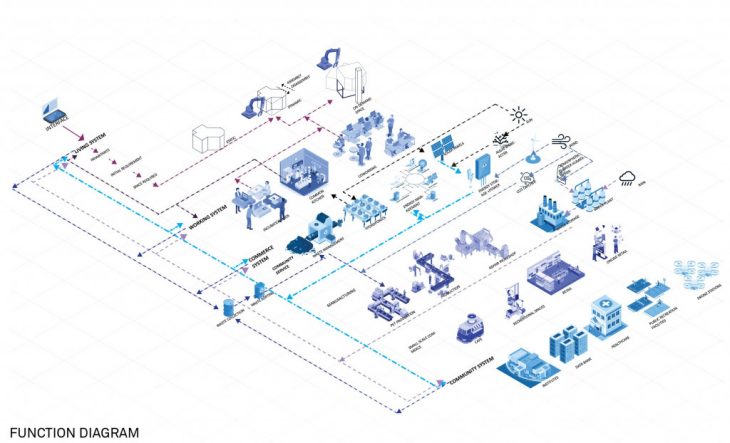
Site Selection, New Urban Densification Proposal

Sun and Wind Analysis / Fixed Site

Urban Intervention Stages





New 3D Printed Housing Typology
User Identification, Customizable Housing Unit
Creation of Secondary level uses
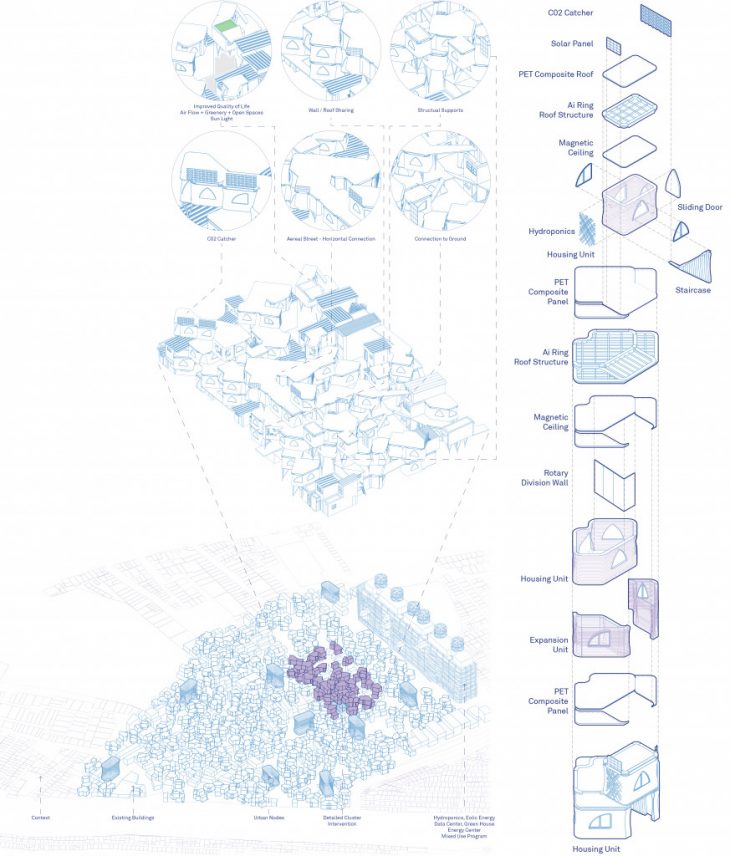
An Evolving Ontology, Dhavi 2.0
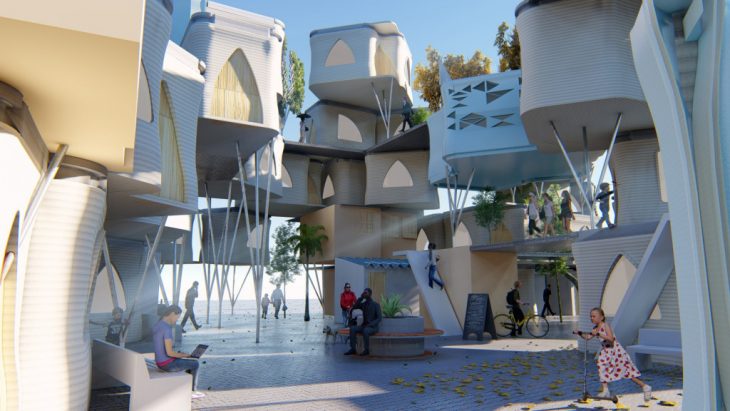
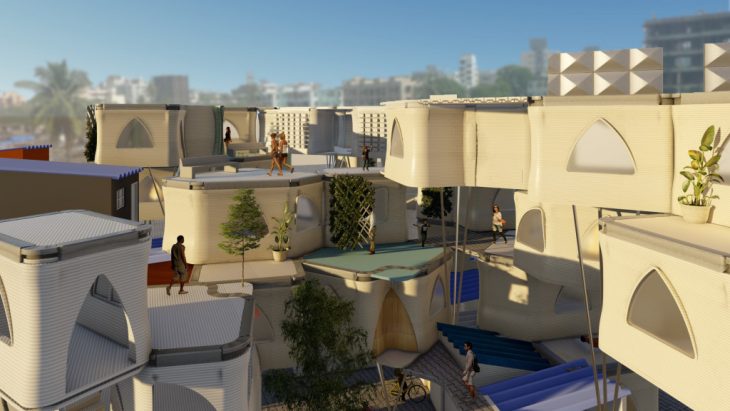
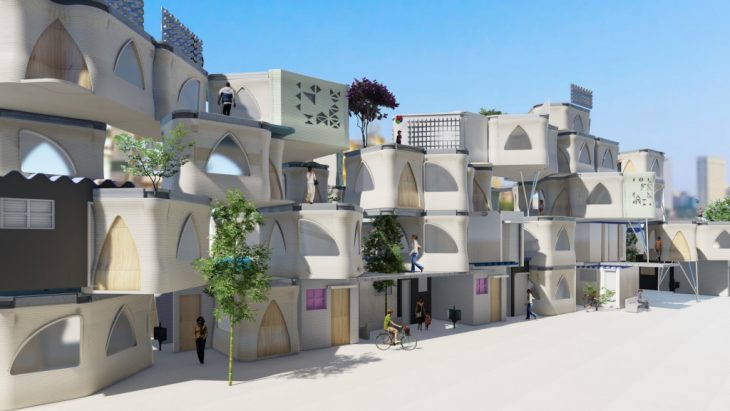
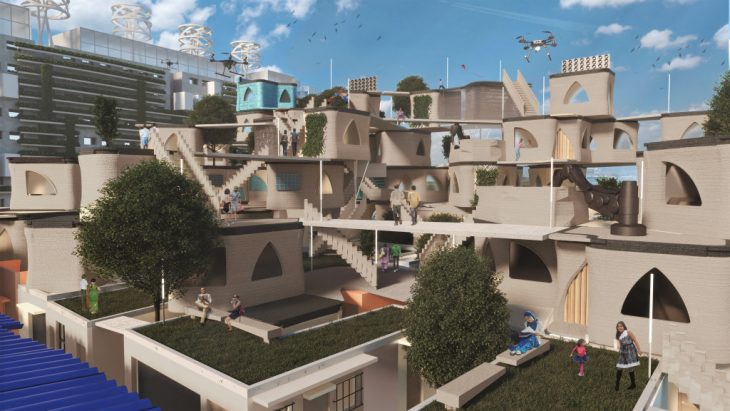
The House of the Future // Hng Kong is a project of IAAC, Institute for Advanced Architecture of Catalonia developed at Master in Advanced Architecture in 2019/2020 by:
Students: Saurabh Singla Sai Preetham Alapati, Nihar Mehta, Osmin Avalos
Faculty: Carmelo Zapulla | Assistant Faculty: Sebastian Amorelli
